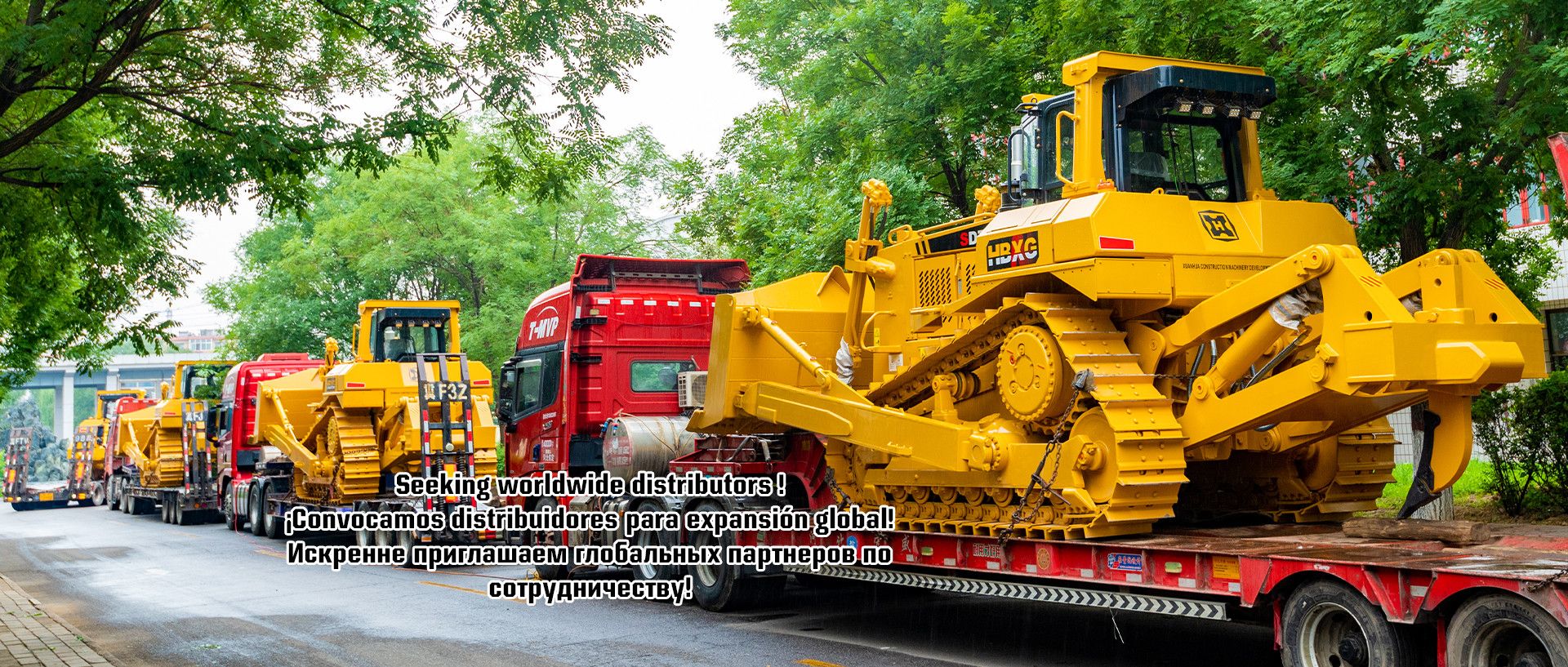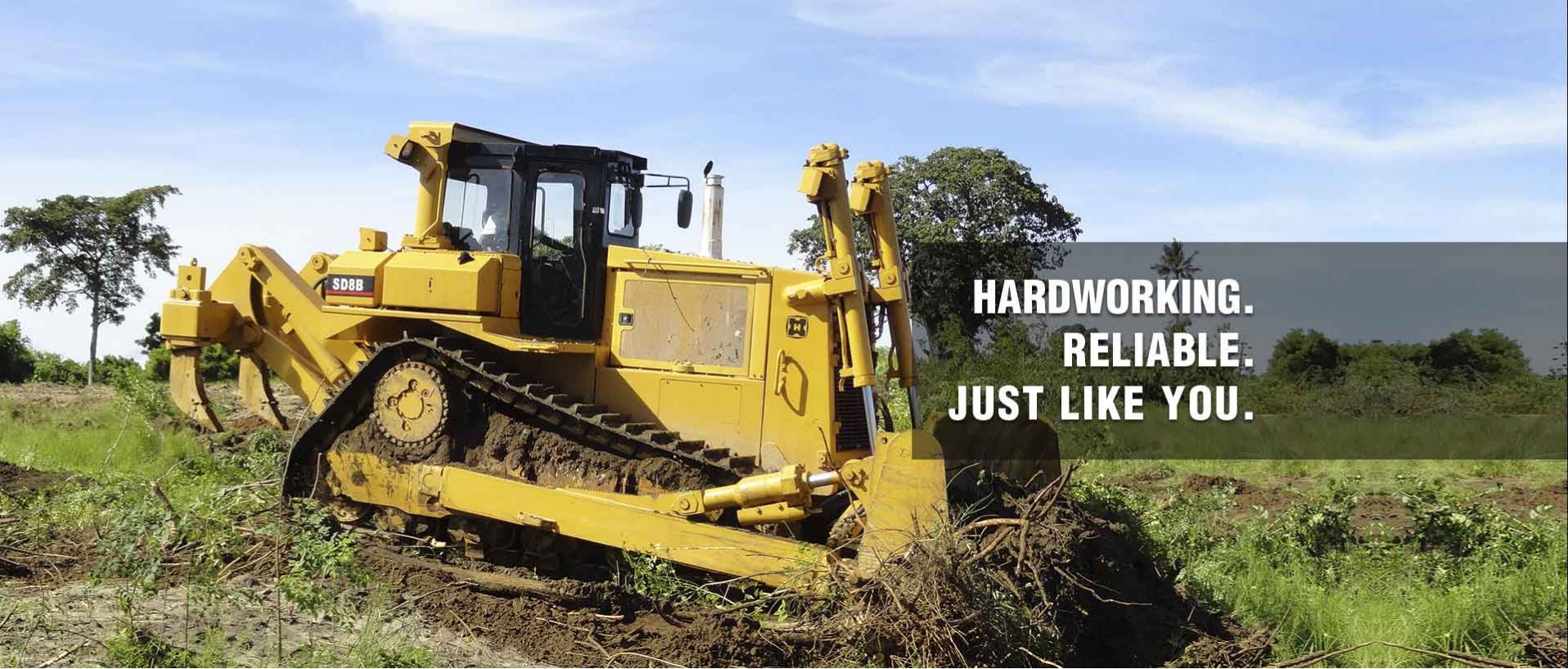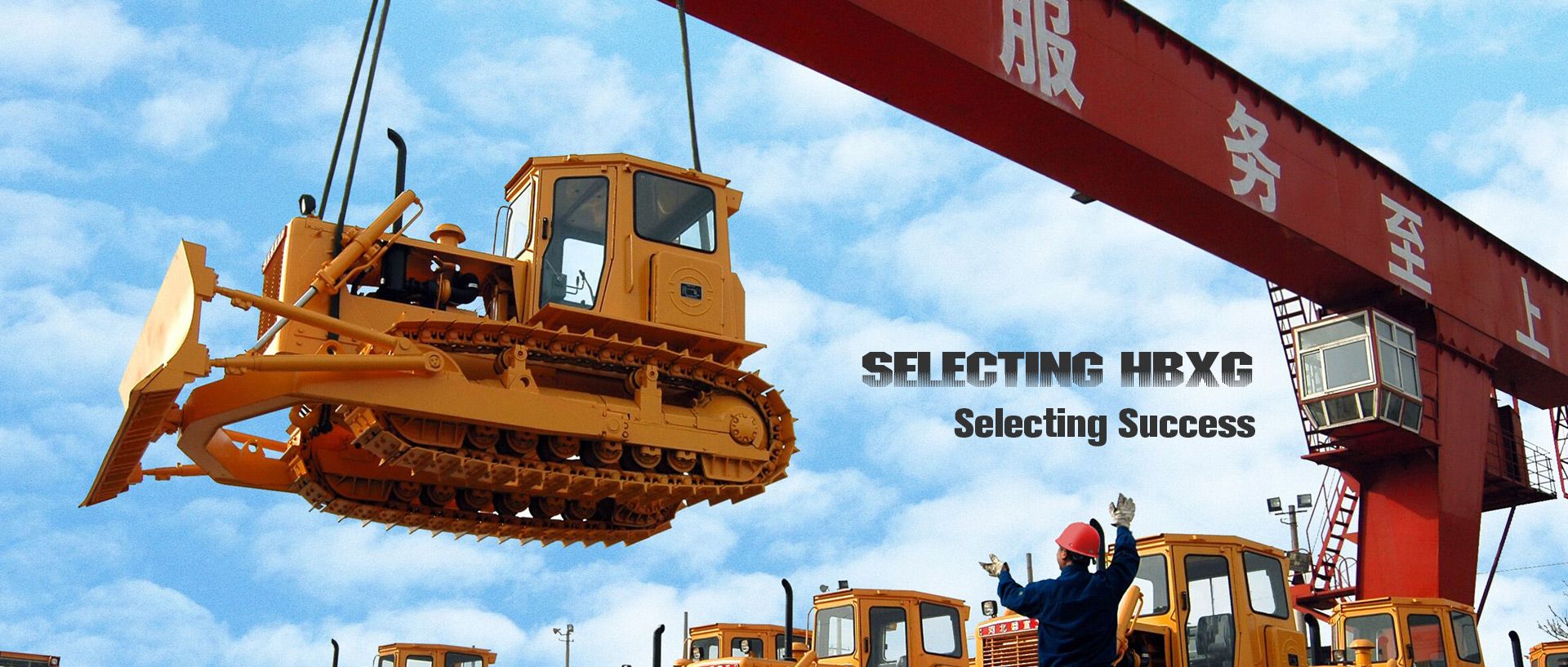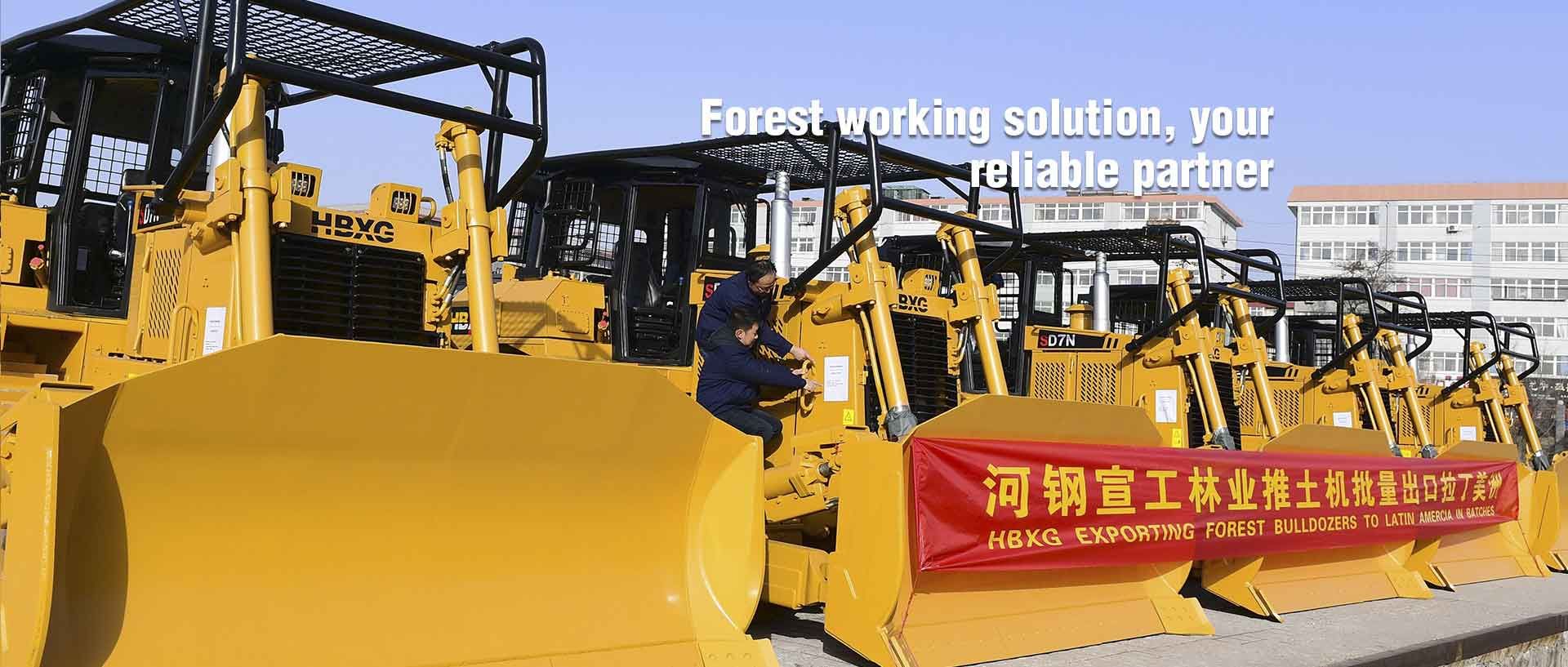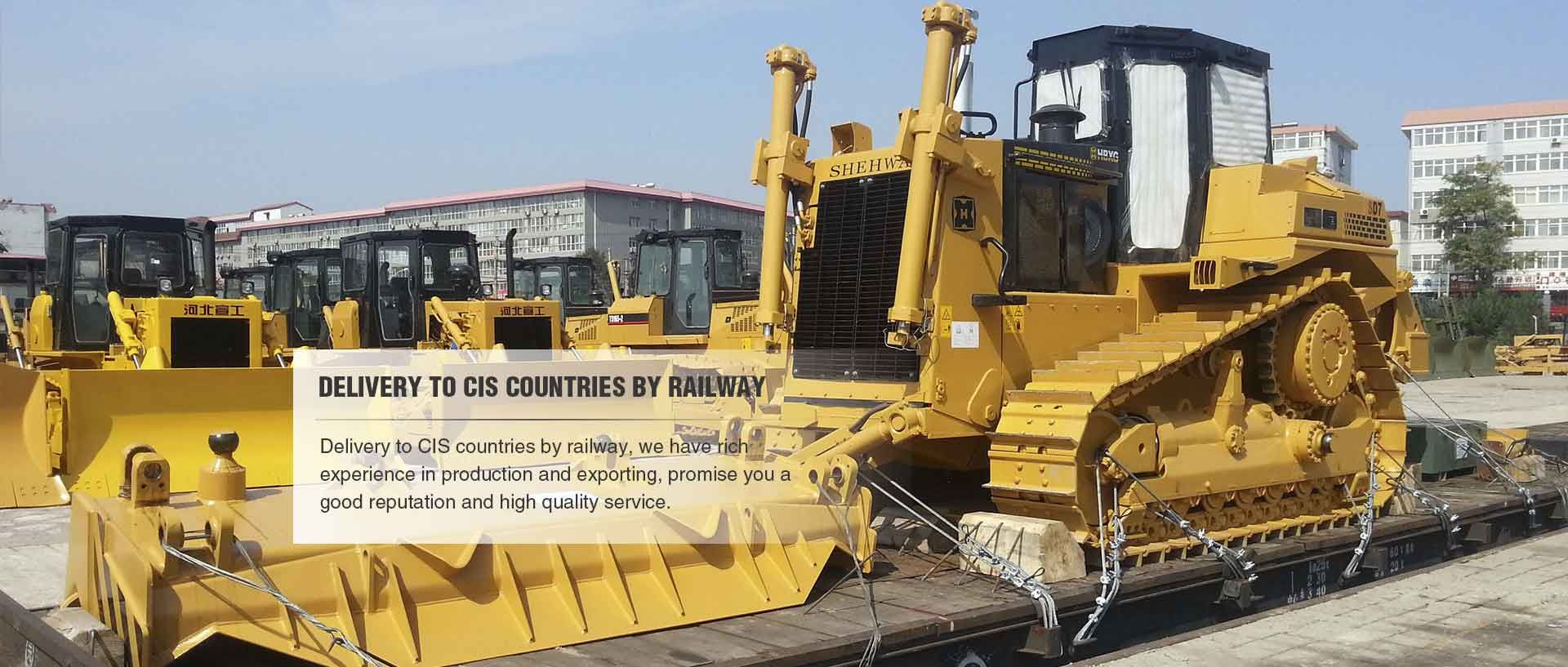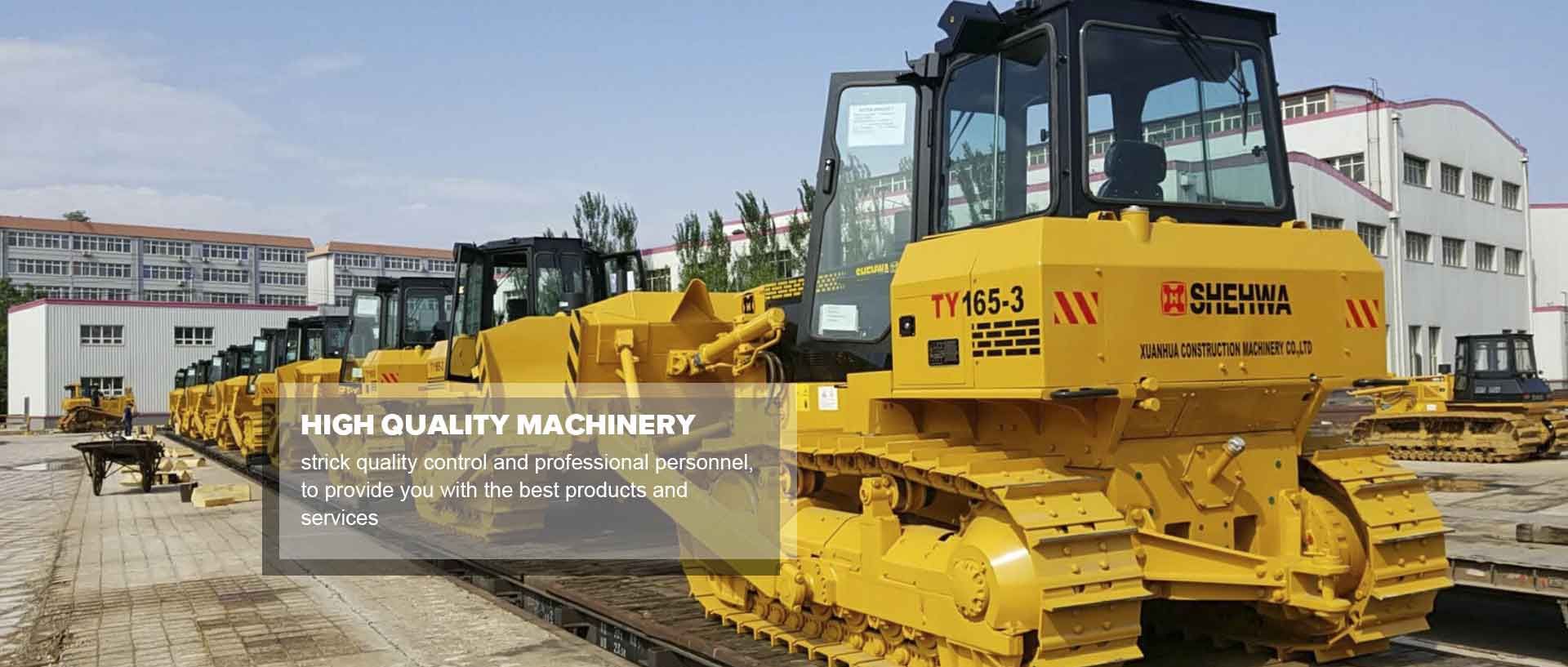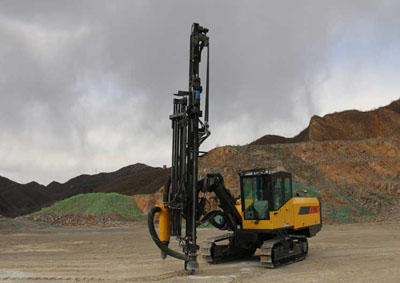Guide to Choosing Drilling Rigs
 Aug. 23, 2023
Aug. 23, 2023
Drilling rigs are essential equipment used in various industries, including construction, mining, oil and gas, geothermal exploration, and water well drilling. They are designed to bore holes into the ground to extract valuable resources, gather geological data, install infrastructure, and more. Choosing the right drilling rig is a critical decision that requires careful consideration of factors such as drilling method, site conditions, project requirements, and budget. This guide provides essential information to help you make an informed choice when selecting drilling rigs for your specific needs.
Key Considerations When Choosing Drilling Rigs
1. Drilling Method: Determine the drilling method you'll be using, such as rotary, percussion, auger, core, or directional drilling. Different methods require specialized rigs.
2. Application and Project Scope: Define the purpose of the drilling project, whether it's mineral exploration, water well drilling, geotechnical investigation, or others.
3. Site Conditions: Evaluate the geological and environmental conditions of the drilling site, including soil type, rock formations, water levels, and accessibility.
T45 Full Hydraulic Top Hammer Surface Drilling Rig
4. Depth and Diameter: Consider the desired drilling depth and diameter to ensure the chosen rig can handle the specific requirements of your project.
5. Mobility and Accessibility: Assess the site's accessibility and determine whether you need a mobile rig or one that can be transported to remote locations.
6. Power Source:Drilling rigs can be powered by hydraulic systems, diesel engines, or electric motors. Choose a power source that suits your operational needs.
7. Rig Size and Portability: Determine the appropriate size of the rig based on available space and transport requirements.
8. Rig Configuration: Choose between truck-mounted, crawler-mounted, skid-mounted, or trailer-mounted rigs based on the site conditions and mobility needs.
9. Drilling Tools and Accessories: Consider the availability of compatible drilling tools, such as drill bits, hammers, and rods, and ensure they are suitable for your chosen rig.
10. Safety Features: Prioritize safety by selecting rigs equipped with features like emergency stops, safety guards, and ergonomic controls.
11. Environmental Considerations: If your project involves sensitive environmental areas, choose rigs that comply with environmental regulations and minimize impact.
12. Budget and Total Cost of Ownership: While considering the upfront cost, also assess the long-term operating costs, maintenance expenses, and potential return on investment.
13. Manufacturer Reputation: Research and choose a reputable manufacturer known for producing reliable and high-quality drilling rigs.
Benefits of the Right Drilling Rig
1. Efficient Operations: The right drilling rig enhances operational efficiency, reducing downtime and project delays.
2. Accurate Results: Properly chosen rigs improve drilling accuracy and data collection, leading to better project outcomes.
3. Safety: The right rig with safety features reduces the risk of accidents and ensures the well-being of operators and workers.
4. Cost-Effectiveness: Selecting a rig that meets your project requirements helps optimize costs and maximize return on investment.
Conclusion
Choosing the right drilling rig is a crucial decision that impacts the success of your drilling projects. Carefully consider factors such as drilling method, site conditions, application, and budget. By selecting a drilling rig that aligns with your specific needs, you can achieve efficient operations, accurate results, and a successful outcome for your project.















